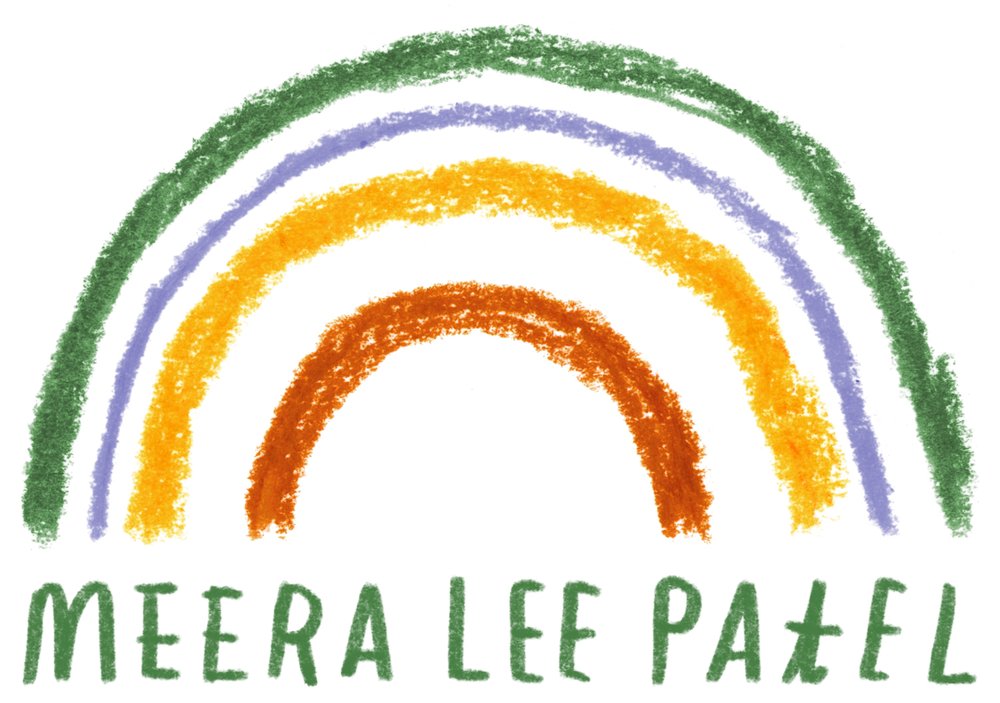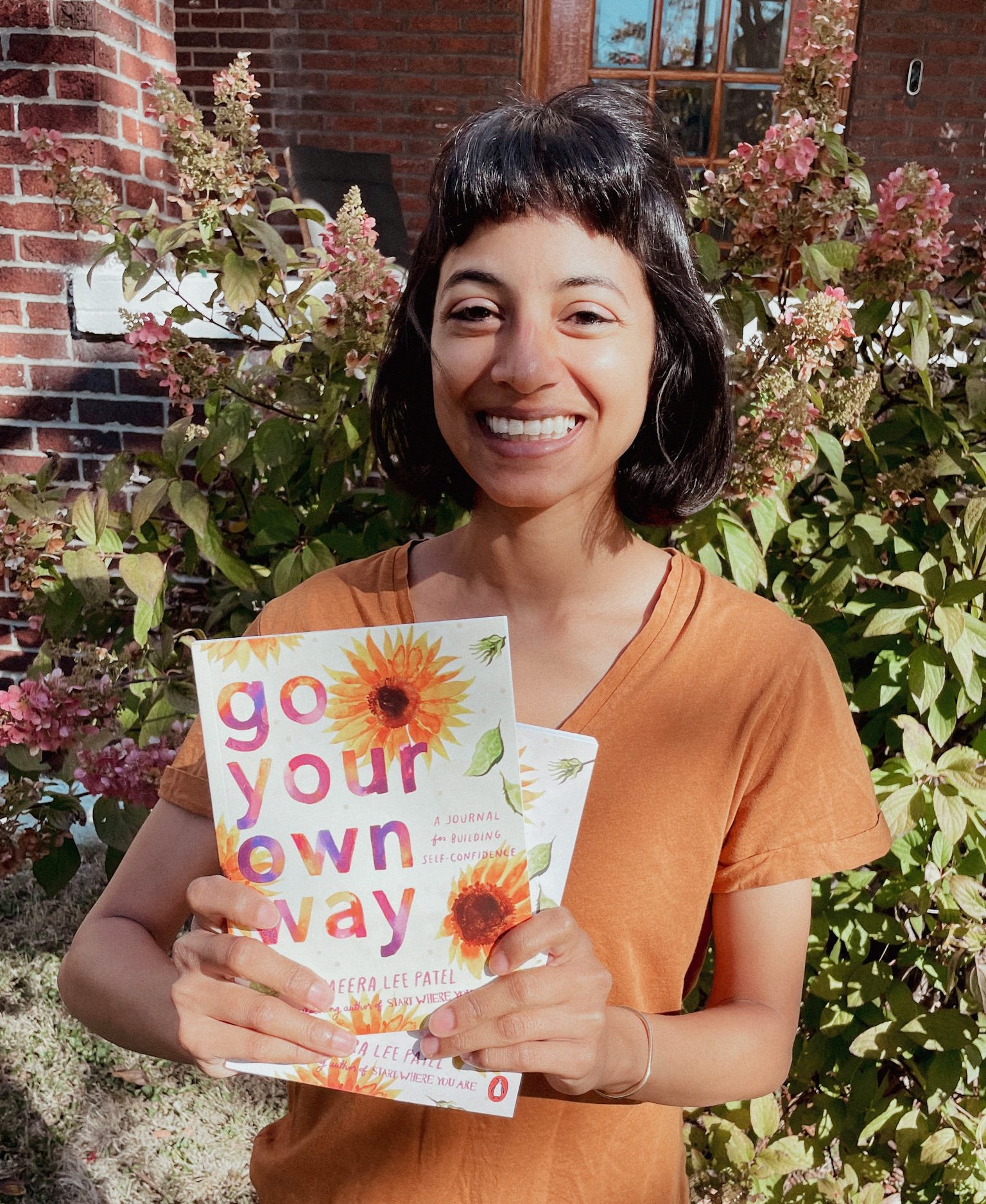My latest illustration for Issue 62 of Uppercase Magazine
A year from now, here are five things from this week that I'd like to remember:
MONDAY
For Issue #62 of Uppercase Magazine, I wrote a love letter to my creativity. I’ve wanted to write this for years, inspired by an old friend who wrote a letter to her own, but I never did. I didn’t make time for this beautiful exercise, and I know why now: I couldn’t write a love letter to my creativity because I didn’t have love for it. Where there should’ve been a commitment to nurturing and protecting my creativity, there was resentment—for the artist I wasn’t, and the art I didn’t allow myself to make.
The past few years have been clarifying. Instead of burying my creativity six feet under, I used them to hibernate—to practice listening instead of talking, observing instead of performing, and exploring instead of sharing—to practice practicing, for myself, for my craft. For my creativity.
The reward is a diamond. It isn’t flashy. It doesn’t look like a glamorous, shiny gemstone I can flash around or make reels about. I have less to show, there is less garnering of attention, and not much of me is left at the end of each day—but the diamond itself is real. It took years to unearth, and now that I have it, I know I’ll protect it. The diamond is greater confidence. The diamond is a belief in myself, in a knowing that I can create my dreams out of whatever I have around me. The diamond is a genuine love for my creativity—one that makes the process of writing and drawing fun, challenging, and, quite plainly, delightful.
TUESDAY
“When I first became a mother in 2020, I was enveloped by the notion that I shouldn’t lose myself to domesticity: to motherhood, to my family, to my home. I didn’t want my creativity to evaporate; I loved my work and career. I wanted a clear work-life separation, I wanted a studio where I could deposit my thoughts, I wanted a room of my own. I felt a stark separation within myself—one where the artist in me perpetually fought to step out from under the shadow of the mother in me. As a tide slowly retreats from shore, my creativity, too, waned—but with no promise of return.
When I decided to have another child, I knew I’d have to approach myself differently. I couldn’t carry the resentment of not being enough—or the self-imposed pressure of keeping my career life cleanly separate from my life as a mother. I needed to redefine what my work meant to me, and I needed to redefine where creativity lived. Instead of seeing my work as a vessel for my creativity, I spent the year shaping my creativity into the vessel itself: I wanted it to live everywhere.”
—An excerpt from My Year At Home: A Love Letter to My Creativity, published in Issue #62 of Uppercase Magazine. The 12 lessons I reflected on are available in the full essay, available online and in newsstands everywhere.
WEDNESDAY
We’re in Michigan for the week, and it’s exactly what I was hoping it’d be.
Blackbirds chase falcons in the clouds; the water chases the sky, F chases N across the sand and state lines. Every so often, N turns me to me and says, Mom, I’m so happy we’re here.
We eat waffles on the beach, we climb rainbow stairs, we move through each mess more quickly and cleanly than before. We’re learning; we’re living; we’re all together—and not just in the physical sense of the word.
THURSDAY
Michigan is on repeat all week, of course—as it should be—and it led me to discover the artwork of Brooklyn artist Laura Normandin, who is responsible for the album’s artwork, and who, quite frankly, I should have known about much sooner. I like her painted bottles, this woven enclosure, and the fact that it appears she’s managed to escape the internet.
FRIDAY
Broad sun-stoned beaches.
White heat.
A green river.
A bridge,
scorched yellow palms
from the summer-sleeping house
drowsing through August.
Days I have held,
days I have lost,
days that outgrow, like daughters,
my harbouring arms.
—Midsummer, Tobago by Derek Walcott
xx,
M
To sign up for my weekly newsletter, Dear Somebody, please subscribe here.






































































